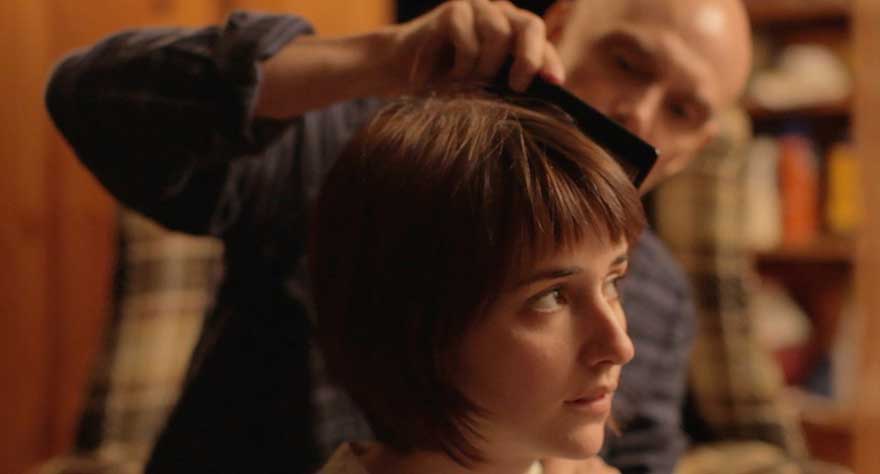
Paul Taylor's dialogue-free debut showcases the ups and downs of purely visual storytelling.

Paul Taylor's dialogue-free debut showcases the ups and downs of purely visual storytelling.
First-time writer/director Paul Taylor wants you to know that Driftwood is, in his words, “a reaction to contemporary cinema.” Citing excessive exposition and the old adage of style over substance, Taylor intends to make a film that breaks things down to cinema’s purest form as a visual medium. What that translates to is, in a literal sense, nothing: Driftwood doesn’t have a single word of dialogue in it, strictly relying on actions to communicate themes and plot. It’s a bold move for Taylor or any new director, but it’s hard not to feel a little hesitant about the move given its origins. Could Taylor’s eschewing of dialogue be an opportunity to provide a breath of fresh air from more standard indie fare, or is it merely a reactionary gimmick whose purpose is to stand out for the sake of it? Driftwood luckily doesn’t fall into the latter category, with Taylor sincerely trying to break from the norm to explore different ways of keeping viewers engaged, even if his methods might have their own shortcomings.
Opening with the arresting image of a Woman (Joslyn Jensen) possibly suffering from some sort of amnesia wandering out of a beach, Driftwood cuts to a Man (Paul C. Kelly) taking the Woman back to his house. There’s no relation between them from the looks of it—he more or less found her on the beach and decided to take her home—and the Woman is so far gone she doesn’t even know how to go to the bathroom. Is she suffering from amnesia, or is this something supernatural or stranger? That’s left up to interpretation, but when the camera lingers on a shot of the Man touching his new “friend” a little too affectionately, there’s no need to guess his intentions with her.
Without dialogue, Driftwood’s narrative keeps things basic. What the film boils down to is the Woman trying to escape from the Man, as her growing independence is met with harsher treatment by her captor. An unwarranted trip outside prompts the Man to lock the Woman in her bedroom when he’s at work, and her successive acts of rebellion lead to stricter living conditions. The Man’s motives for his behaviour get an explanation from Taylor early on, a bit of development that highlights the benefits of Taylor’s approach. With all the emphasis on visuals and sound, there’s more room for Taylor’s themes to take centre stage.
Aside from the more ambiguous questions surrounding the set-up, Driftwood’s straightforward storyline also means there’s just a lot more room altogether, and that space starts getting felt as the plot becomes repetitive. Later in the film, the arrival of a Young Man (Michael Fentin) threatens to shake things up, except it plays out more or less as expected, eventually falling back into the routine established earlier. That’s not to say Driftwood is a stale film by any means, though. It’s an inherently active viewing experience, with Taylor’s cinematography and the two lead performances keeping things both dynamic and engaging. But with more attention paid to what’s on screen, the patterns and repetitions inevitably become more noticeable as well.
So while there’s plenty of room to chew on Driftwood’s ideas of loneliness, grief and trying to rebuild the past, the comparably lacking story means more attention winds up being paid on filling in the background information, theorizing on the origins of the Woman and how she wound up rising out of the beach like a newborn. Those mystery elements make Driftwood a fun curiosity and Taylor’s refusal to give context is more than welcome, but it can only take the film so far. Nonetheless, Taylor can easily rest his film on its own ambitions. Driftwood showcases the good and bad of making a dialogue-free film, but it also shows the kind of riskiness that more indies should attempt.